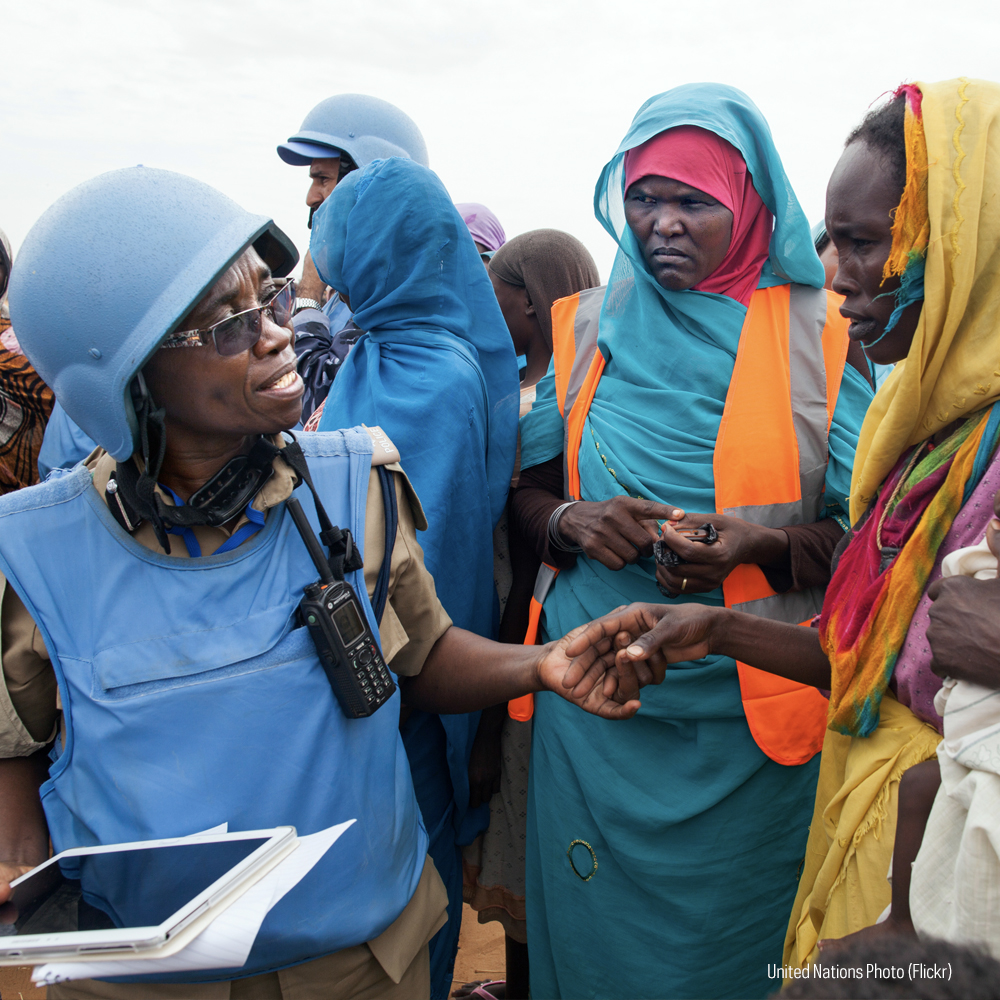Latest Issue
Art has long been a powerful tool for fostering understanding, reconciliation, and healing in conflict-affected societies. By transforming cultural, political, and ideological boundaries, artistic expression allows individuals to communicate, reflect, and envision new possibilities for coexistence. This issue of Peace Policy highlights the diverse ways that art contributes to peacebuilding, demonstrating its ability to cultivate empathy, challenge oppressive structures, and create spaces for dialogue.
Alison Ribeiro de Menezes explores the transformative role of theater in peacebuilding, emphasizing an “embodied dramaturgy of care” that fosters deep emotional connections. Vera Brandner discusses generative picturing, a photographic method that encourages self-reflection and dialogue. Jessica (Doe) Mehta highlights the role of poetry in Indigenous peacebuilding, illustrating how language preservation and storytelling are acts of resistance against colonial erasure. Paula Ditzel Facci introduces dancestorming as a method for decolonizing peacebuilding and peace education.
Together, these perspectives reveal that art is not just a supplementary tool in peacebuilding but a fundamental force for transformation. By engaging the senses, emotions, and intellect, artistic expression nurtures empathy, challenges injustice, and re-imagines pathways to peace, making it an essential component of sustainable reconciliation efforts.
Norbert Koppensteiner, guest editor

Peacebuilding and Art: Towards an Embodied Dramaturgy of Care
Building peace through theatre is not easy, and its effects are neither immediately nor readily evident.

When Photography Goes Peacebuilding
The use, development and ambivalences of photography are widely debated, especially considering the digital revolution.

Machi/Nations of Indigenous Peace & Poetry: The Wolves We Feed
ᏅᏩᏙᎯᏯᏓ. Nvwadohiyada. What is peace, and what does it have to do with poetry?

Dancestorming Decolonial Possibilities in Peacebuilding
“Considering your own location in colonial systems, as well as in the web of relationships, what next step can you and your organization take to nurture decolonial possibilities?”
who we are
Research-based insights, commentary, and solutions to the global challenge of conflict and systemic violence

our scope
Searching for Policy Solutions to Pressing Global Issues
Each issue features the writing of scholars and practitioners who work to understand the causes of violent conflict and systemic violence and who seek to contribute solutions in service of building more just and peaceful societies.
Intersectionality
Civil Society Peacebuilding
Religion
Counterterrorism
Sanctions
Genocide
Development
Peace Agreements
Contact Us
Kroc Institute for International Peace Studies
University of Notre Dame
1110 Jenkins Nanovic Halls
Notre Dame, IN 46556

